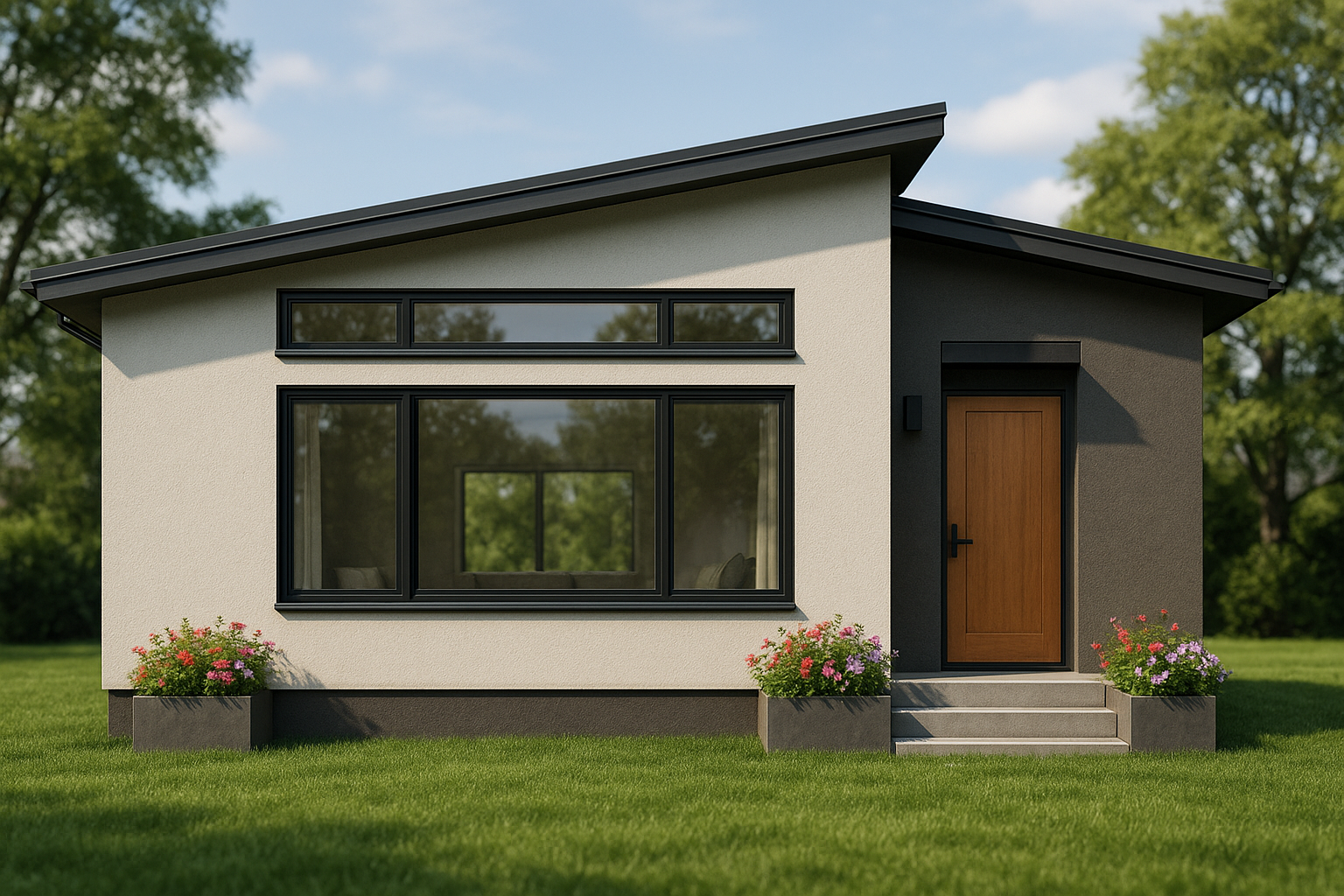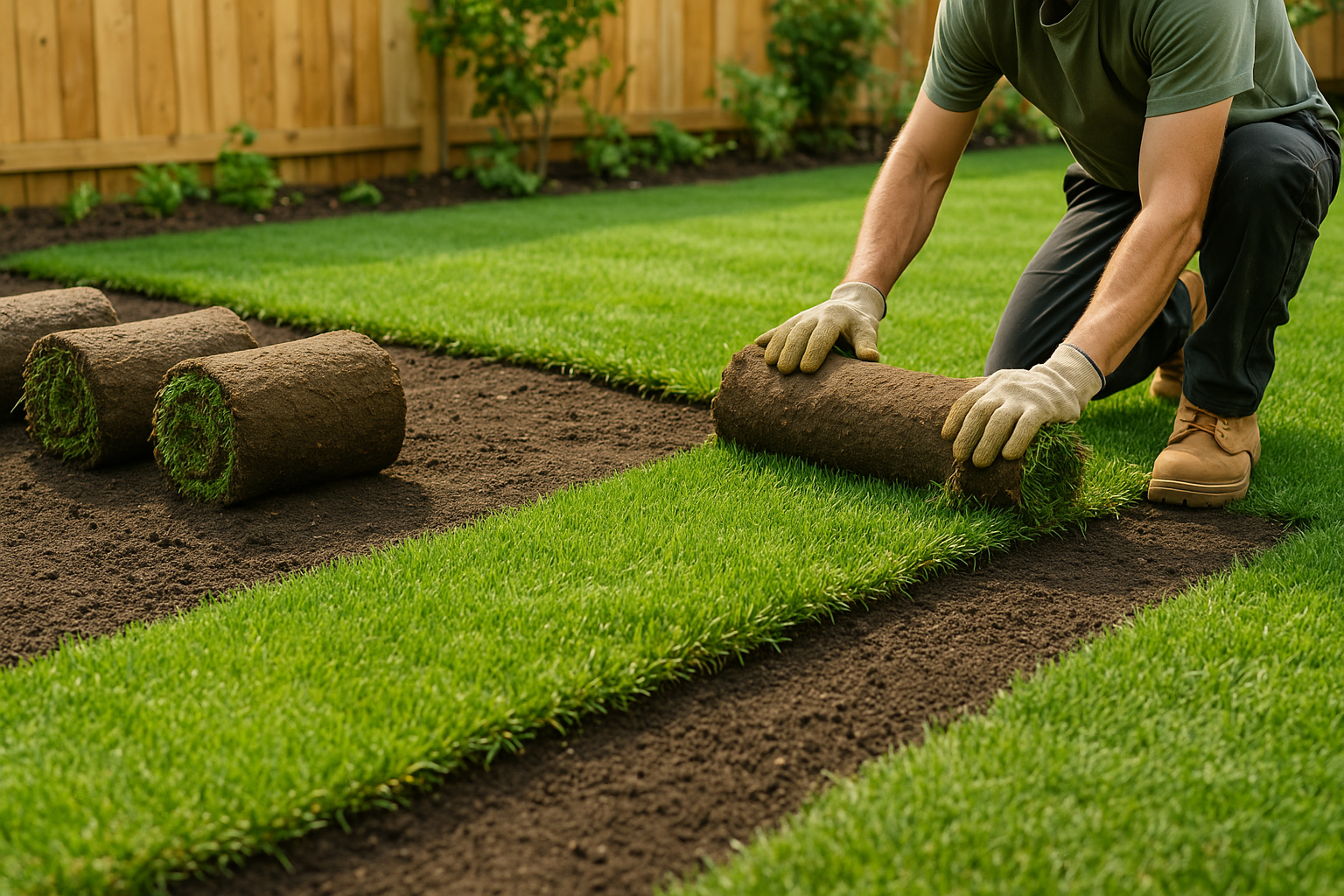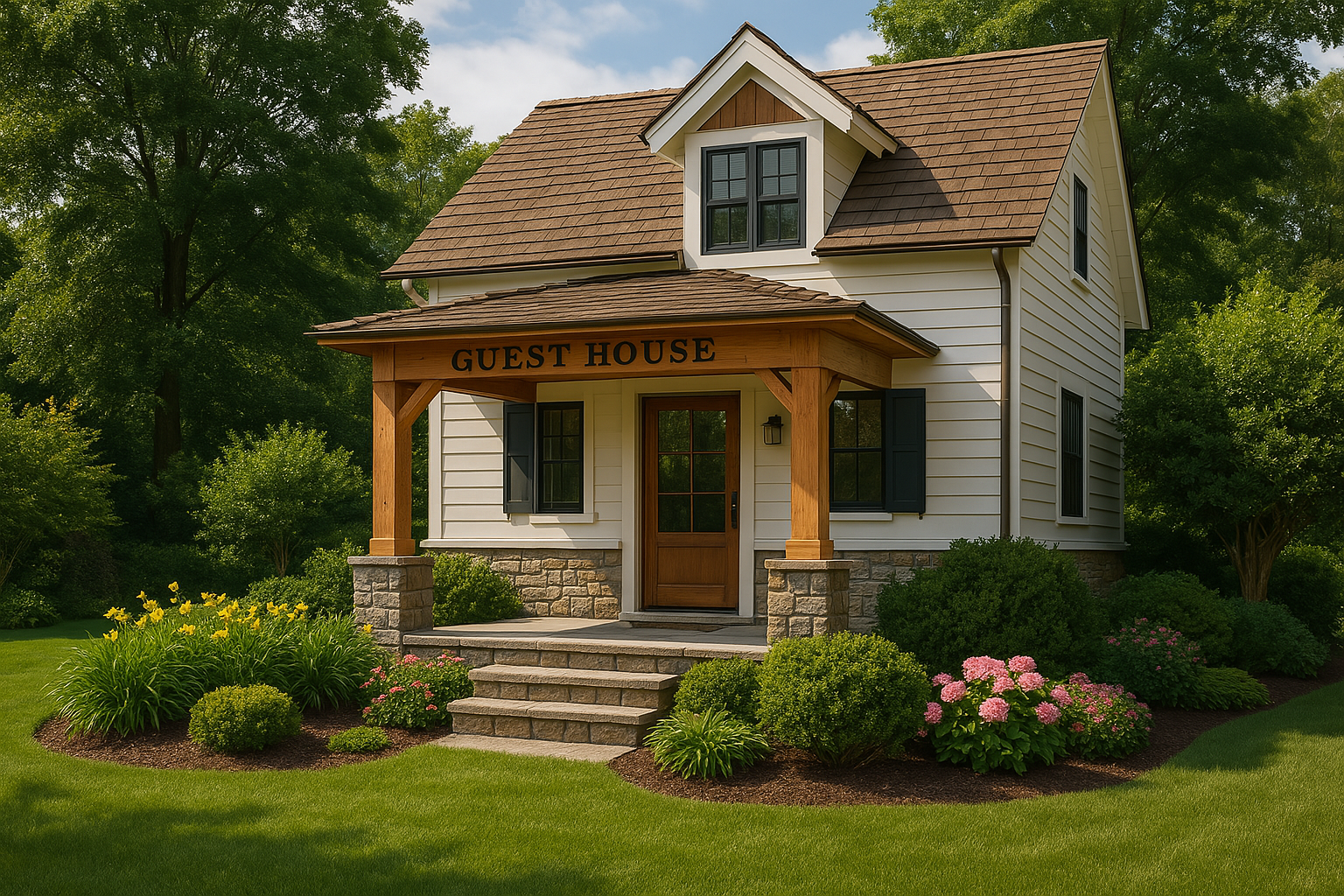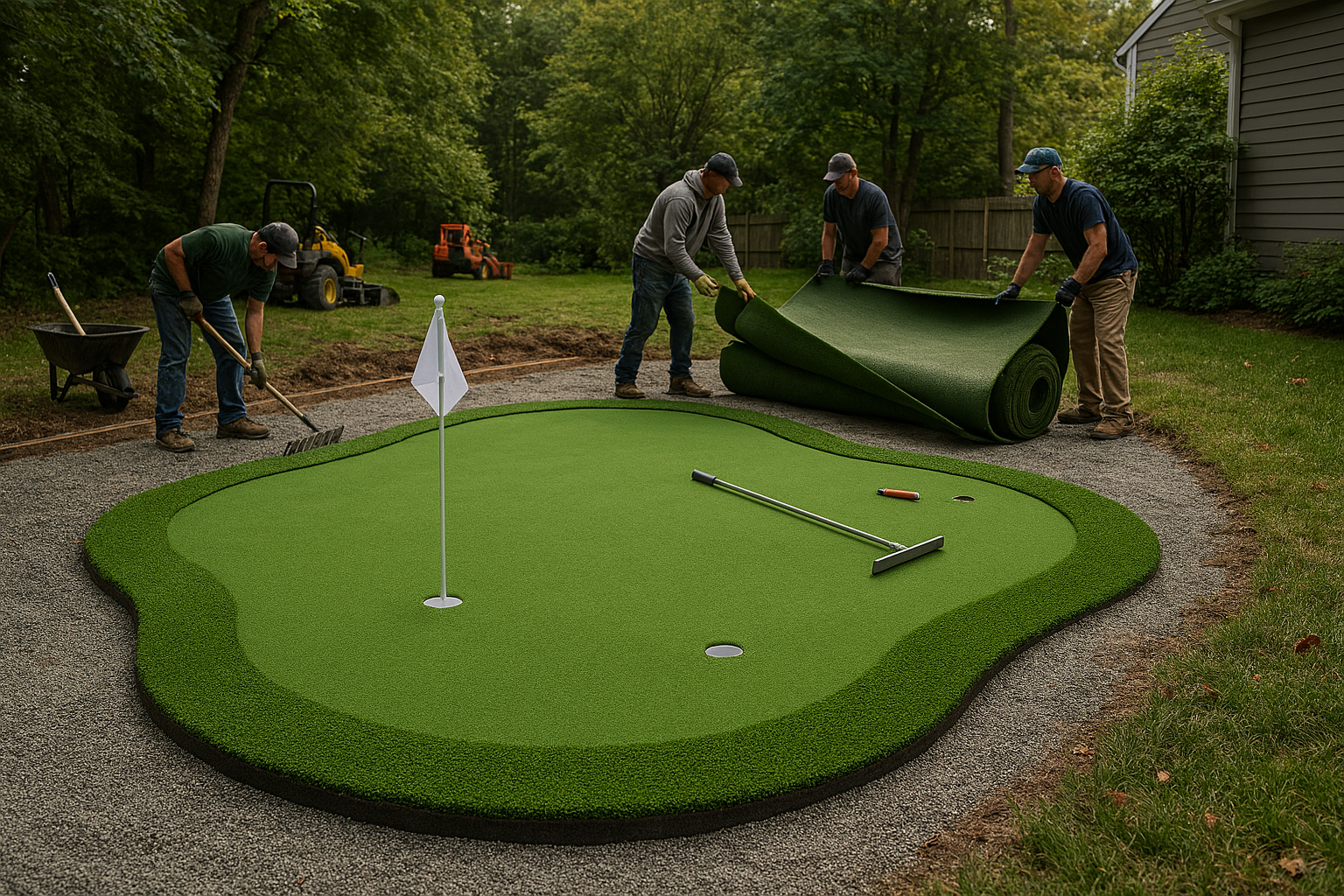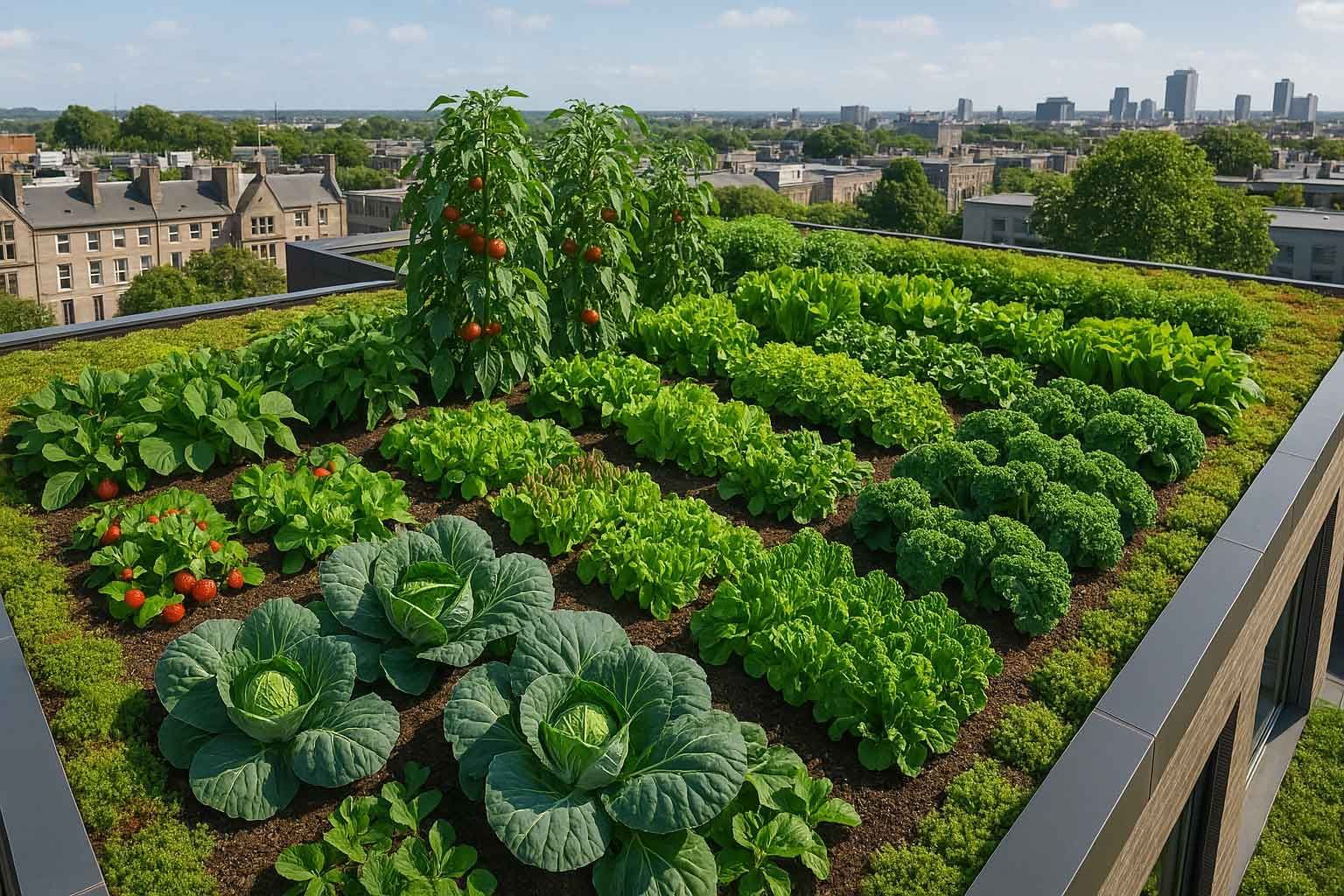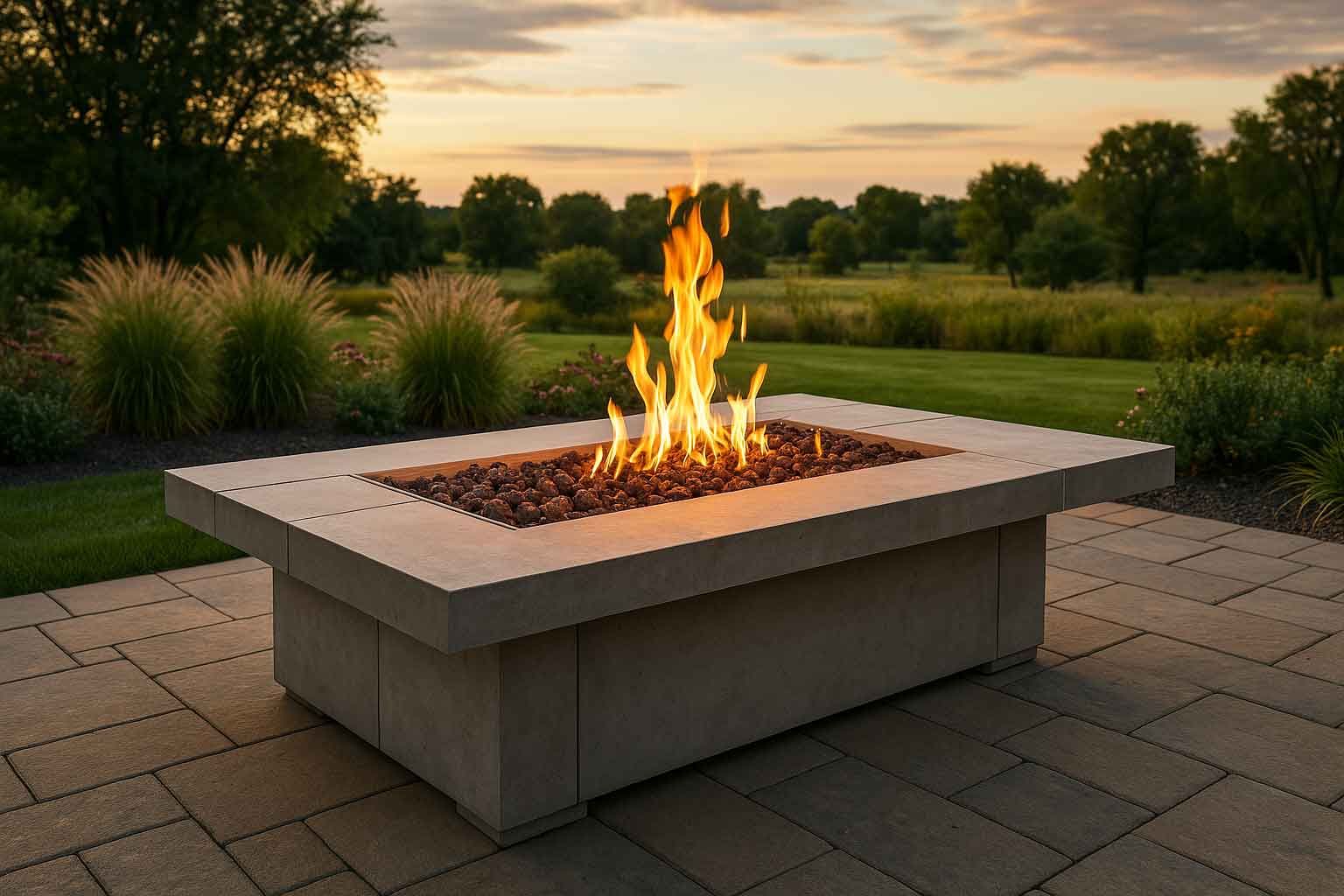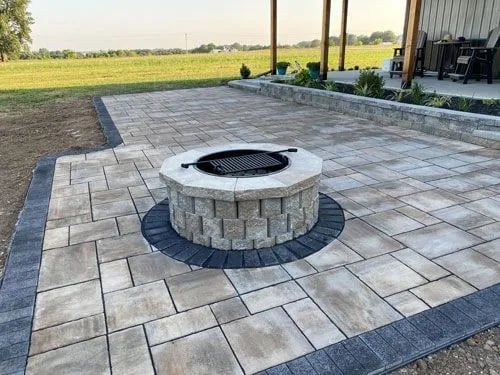Climate-Adaptive Landscaping: Designing a Resilient Outdoor Space for Changing Weather Patterns
Introduction to Climate-Adaptive Landscaping
The Importance of Resilient Outdoor Spaces
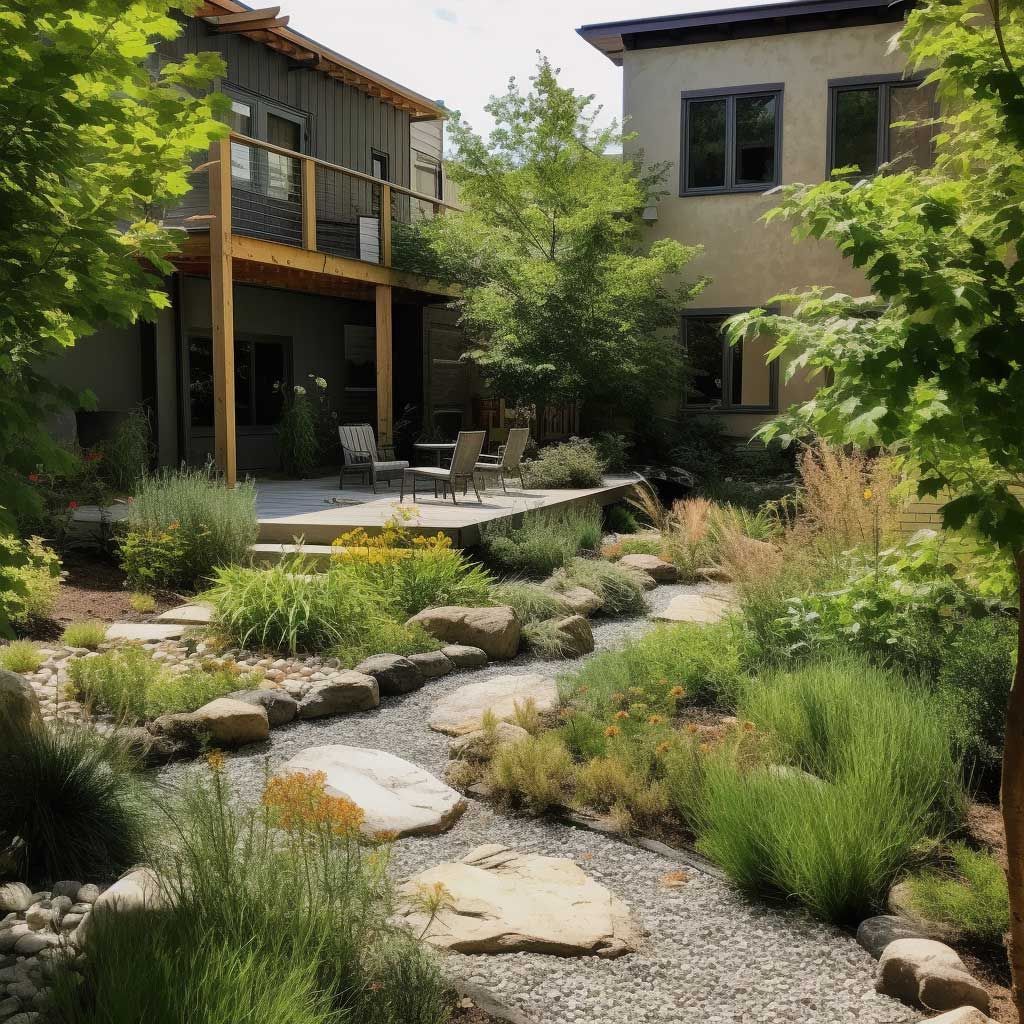
In recent years, climate change has led to increasingly unpredictable weather patterns, making it more critical than ever for homeowners to create resilient and adaptable outdoor spaces. By designing climate-adaptive landscapes, you can ensure that your outdoor living areas remain functional, beautiful, and environmentally friendly despite the challenges posed by changing weather conditions.
Adapting to Changing Weather Patterns
Climate-adaptive landscaping considers the need to plan for both short-term weather events and long-term climate trends. This approach enables homeowners to make informed decisions about plant choices and landscape features that will survive and thrive in the face of these challenges.
Strategies for Climate-Adaptive Landscaping
Assessing Your Site Conditions
Before embarking on a climate-adaptive landscaping project, assessing your site's unique conditions is essential. Consider factors such as soil type, sun exposure, and water availability. By understanding your site's specific challenges and opportunities, you can make informed decisions about plant selection and landscape design.
Choosing Resilient Plants
Native Species
Opting for native species is one of the most effective ways to create a climate-adaptive landscape. These plants have evolved to thrive in your region's specific climate conditions, making them more resilient to changing weather patterns.
Drought-Tolerant Plants
Another key aspect of climate-adaptive landscaping is selecting drought-tolerant plants. These species require less water and can better withstand periods of drought, reducing the need for supplemental irrigation and conserving valuable water resources.
Integrating Hardscape Features
Retaining Walls
Incorporating hardscape elements such as retaining walls can help manage water flow and prevent soil erosion. These structures are beneficial in areas prone to heavy rainfall or flooding.
Porches and Decks
Porches and decks can provide additional outdoor living space protected from the elements. Incorporating these features into your landscape design creates a more resilient and adaptable outdoor area.
Creating a Water-Efficient Landscape
Rainwater Harvesting
One effective way to create a water-efficient landscape is through rainwater harvesting. By collecting and storing rainwater, you can reduce your reliance on municipal water supplies and utilize a more sustainable resource for irrigation. Rainwater harvesting systems can range from simple rain barrels to more complex systems with underground storage tanks.
Drip Irrigation
Another water-saving technique is drip irrigation, which delivers water directly to the root zone of plants, minimizing evaporation and runoff. Drip irrigation systems are highly efficient, ensuring plants receive the water they need without wasting valuable resources.
Conclusion
Climate-adaptive landscaping is an essential strategy for homeowners looking to create resilient and adaptable outdoor spaces in the face of changing weather patterns. By assessing site conditions, choosing resilient plants, integrating hardscape features, and implementing water-efficient practices, you can design a landscape that is not only beautiful and functional but also environmentally friendly. Embrace the challenge and enjoy the benefits of a landscape that thrives in the face of uncertainty.
Frequently Asked Questions
What is climate-adaptive landscaping?
Climate-adaptive landscaping is an approach to landscape design that considers the need to plan for both short-term weather events and long-term climate trends. It involves selecting plants and landscape features that are resilient and adaptable to changing weather conditions.
Why is climate-adaptive landscaping important?
As climate change leads to increasingly unpredictable weather patterns, homeowners must create outdoor spaces that can withstand these challenges. Climate-adaptive landscaping helps ensure your outdoor living areas remain functional, beautiful, and environmentally friendly.
What are some critical strategies for climate-adaptive landscaping?
Some essential strategies include assessing site conditions, selecting resilient native and drought-tolerant plants, integrating hardscape features such as retaining walls and porches and implementing water-efficient practices like rainwater harvesting and drip irrigation.
How can I create a water-efficient landscape?
You can create a water-efficient landscape by incorporating rainwater harvesting systems to collect and store rainwater and using drip irrigation to deliver water directly to the root zone of plants, minimizing evaporation and runoff.
What are the benefits of climate-adaptive landscaping?
Climate-adaptive landscaping offers numerous benefits, including reduced water usage, increased resilience to changing weather patterns, and the creation of functional and beautiful outdoor spaces that are environmentally friendly.
This article helps you better understand climate-adaptive landscaping and its importance in the face of changing weather patterns. If you have any further questions, please don't hesitate to ask!


